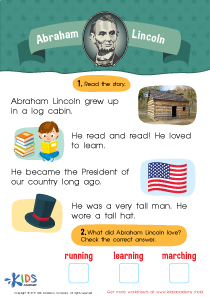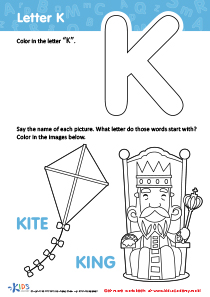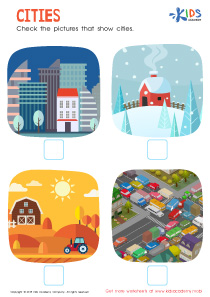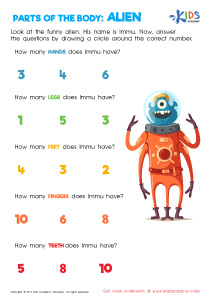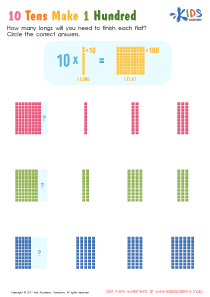Logic and Early Math Lessons | Data, Grade 1
0 results
Welcome to our Data Lessons for children in Grade 1! Through these exciting lessons, kids will gain a foundation in data analysis and interpretation. Our interactive worksheets help students collect and organize data, analyze patterns, and create graphs to visually represent information. Educational videos and assessment quizzes also reinforce each concept so that kids can apply what they learned. Our Data Lessons are designed to make mathematical educational sessions simple, interactive, and exciting. By mastering these essential foundational skills, your child will have the advantage they need to succeed in the future!
Data Lessons in Grade 1: Helping Kids Improve their Studies
Data lessons have become an important part of the educational curriculum as it equips students with the knowledge and skills needed to make sense of complex information and use it in decision-making processes. Data can be found everywhere, and children are exposed to various forms of data daily. However, without the understanding of data, it may be challenging for children to interpret and use it effectively. Therefore, it’s essential to introduce data lessons in Grade 1 to help kids develop these essential skills early in their academic journey.
Interactive Worksheets
Interactive worksheets are an effective way to teach children about data. The worksheets help children to learn about the different types of data and how to represent them in colorful graphs, charts, and tables. The interactive nature of these worksheets ensures that children are fully engaged and interacting with the material actively. They can drag and drop objects, select answers, and complete activities that help reinforce their learning.
These worksheets also help children realize how information can be presented in various ways. For instance, they can compare colors and shapes in a pie chart and see how they differ, or they can represent their favorite fruits using bar charts. The worksheets help stimulate children’s imagination and creativity while developing their math and analytical skills.
Educational Videos
Educational videos are another great way to help children understand data. They make learning fun, exciting, and engaging while helping children visualize data in ways that they may not have imagined before. These videos can capture children’s attention and make the learning process easier and more enjoyable.
In these videos, children can learn about different types of data, such as numerical, categorical, and ordinal data. They can also learn about different ways to represent data, such as graphs, tables, and pictographs. Additionally, they can learn about topics like data analysis, probability, and measurement, which are essential for their future success in STEM-related fields.
Assessment Quizzes
In addition to the interactive worksheets and educational videos, assessment quizzes can help children gauge their understanding of data. These quizzes can show how much they have learned and help the teacher to identify areas where children may need more help. When children take these quizzes, they can get feedback on their performance, including areas where they may need more improvement.
The feedback can help children identify their strengths and weaknesses and improve their overall learning. Children can also learn from their mistakes and know what areas require more effort and time.
